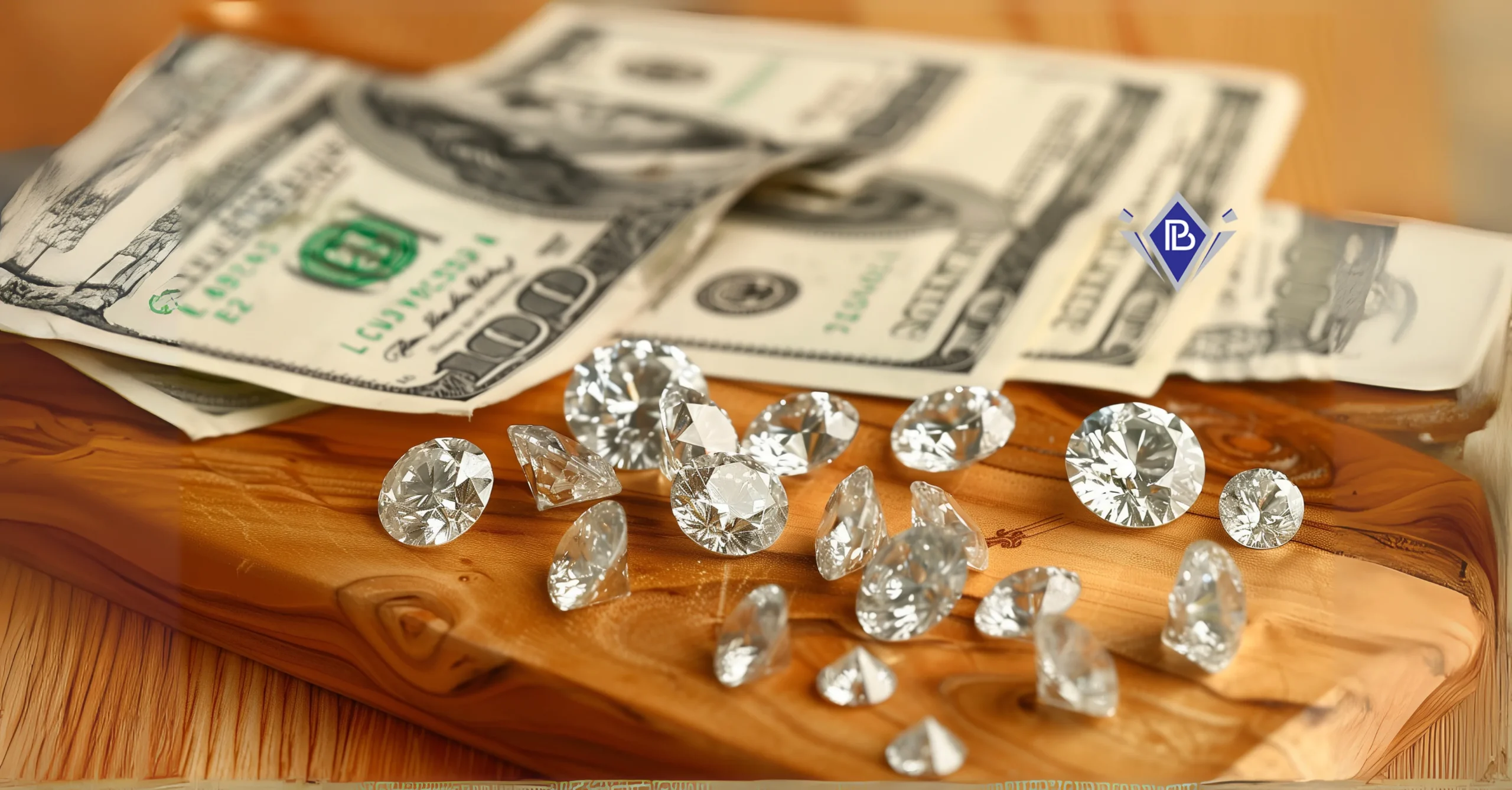6 Key Factors Driving Global Diamond Prices During Festival Seasons

When festival lights begin to glow and luxury boutiques polish their displays, the natural diamond market starts to hum with energy.
For seasoned traders, this time of year is a well-rehearsed performance where supply, demand, and sentiment interact in ways that can transform price charts overnight.
An experienced diamond dealer will tell you that understanding these seasonal dynamics is not just an advantage, it is essential for anyone looking to make smart buying or selling decisions.
Below are 6 key factors that influence global diamond prices during festival seasons.
1. Seasonal Demand Surge
Festivals, either Diwali in India, Christmas in Europe, or Lunar New Year in Asia, are deeply tied to traditions of gifting and celebration. And among luxury gifts, certified diamonds remain the crown jewel.
During these periods, demand does not just increase, it accelerates sharply. Families seek solitaire rings, high-end necklaces, and investment-grade loose stones.
According to market patterns observed over decades, high-quality natural diamonds, especially those with exceptional cut grades, rare colors, or flawless clarity, tend to sell fastest.
Smart buyers enter the market weeks before peak season. By the time festival promotions hit, the best stones are gone, and diamond prices for what is left have already been marked up.
2. Limited Supply Chains
Diamonds pass through a long chain before reaching display cases: mining, sorting, cutting, polishing, and distribution. While this system runs year-round, it is not as flexible as people think.
If demand suddenly spikes, miners cannot instantly produce more stones, and cutters cannot double their output overnight.
In festival months, any disruption, either from weather delays at mines, labour strikes in cutting centers, or shipping bottlenecks, has an amplified effect on diamond prices.
Festival buyers often underestimate how fragile the supply chain is. Even small hiccups can send wholesale prices climbing within days.
3. Currency Fluctuations
Diamonds are traded globally, often in U.S. dollars. For buyers in countries with volatile currencies, exchange rates can be as impactful as market demand.
A sudden depreciation of the local currency means each carat effectively costs more, even if global prices remain stable.
This is especially true for emerging markets where festival demand is highest. Traders in India, China, and the Middle East closely monitor currency movements alongside diamond auctions.
Watch the forex market as closely as you watch the diamond market. A 3% currency shift can wipe out a bargain overnight.
4. Geopolitical Influences
Diamonds, like other commodities, are not immune to global politics. Trade agreements, sanctions, and diplomatic disputes can shift sourcing patterns overnight.
For example, restrictions on certain mining countries can reduce available supply, pushing buyers toward alternative markets that may have higher prices.
Additionally, shifts in import duties or customs processes during politically sensitive periods can slow distribution, causing retailers to hold less stock and further tightening supply during peak season.
Stay updated on sourcing news. If your preferred supplier country faces new trade barriers, expect prices to reflect the added difficulty of getting stones to market.
5. Marketing Campaigns by Major Brands
Global jewelry houses are masters at creating desire. In festival months, they launch cinematic campaigns that romanticise diamond ownership, often linking the purchase to emotional milestones such as engagements, anniversaries, and generational gifting.
These campaigns have a real impact on market dynamics. As consumer demand rises due to high-visibility advertising, even independent jewelers and wholesale traders feel the ripple effect in their pricing.
Understand that part of the price you pay in festival months is not just for the diamond, it is for the demand surge caused by clever marketing.
6. Consumer Sentiment and Economic Health
The overall economic climate plays a huge role in determining how far buyers are willing to stretch for luxury purchases. In years of strong stock markets, rising employment, and consumer optimism, diamond prices often soar during festival seasons.
Conversely, in years of economic uncertainty, buyers may focus on smaller stones or lower grades, which can keep top-end prices steady while mid-range stones see heavier competition.
Gauge the mood of your market. If consumers are optimistic, expect premium stones to vanish first. If they are cautious, you might get better deals on premium inventory later in the season.
Navigating the Festival Market Like a Pro
From a trader’s perspective, the festival diamond market is a mix of predictable rhythms and sudden surprises. While the 6 factors above are reliable indicators, they rarely act in isolation. A favourable currency swing can offset supply constraints, while a major brand’s marketing blitz can override weaker economic sentiment.
Here is a distilled checklist for navigating the season:
- Plan purchases early. Start browsing inventory at least 4 to 6 weeks before peak festivals.
- Track supply conditions. Watch mining reports, cutting center activity, and shipping news.
- Monitor currencies. If buying in a non-USD currency, time your purchase for favourable exchange rates.
- Stay geopolitically informed. Subscribe to trade bulletins and industry alerts.
- Filter marketing influence. Recognise when diamond prices are being driven more by hype than true scarcity.
- Read the economic room. Align your buying strategy with consumer mood in your target market.
For the experienced trader, diamonds during festival times are as much about timing as they are about quality. The market rewards those who prepare, watch the indicators, and act decisively.
Festival prices are not random, they are the sum of global movements, human emotion, and a little bit of sparkle. If you can read the signs, you can buy smart, even in the busiest season of the year.
By keeping an eye on these 6 key drivers, buyers can navigate the glittering chaos of festival diamond markets with confidence and perhaps even walk away with both a beautiful stone and a beautiful deal.







